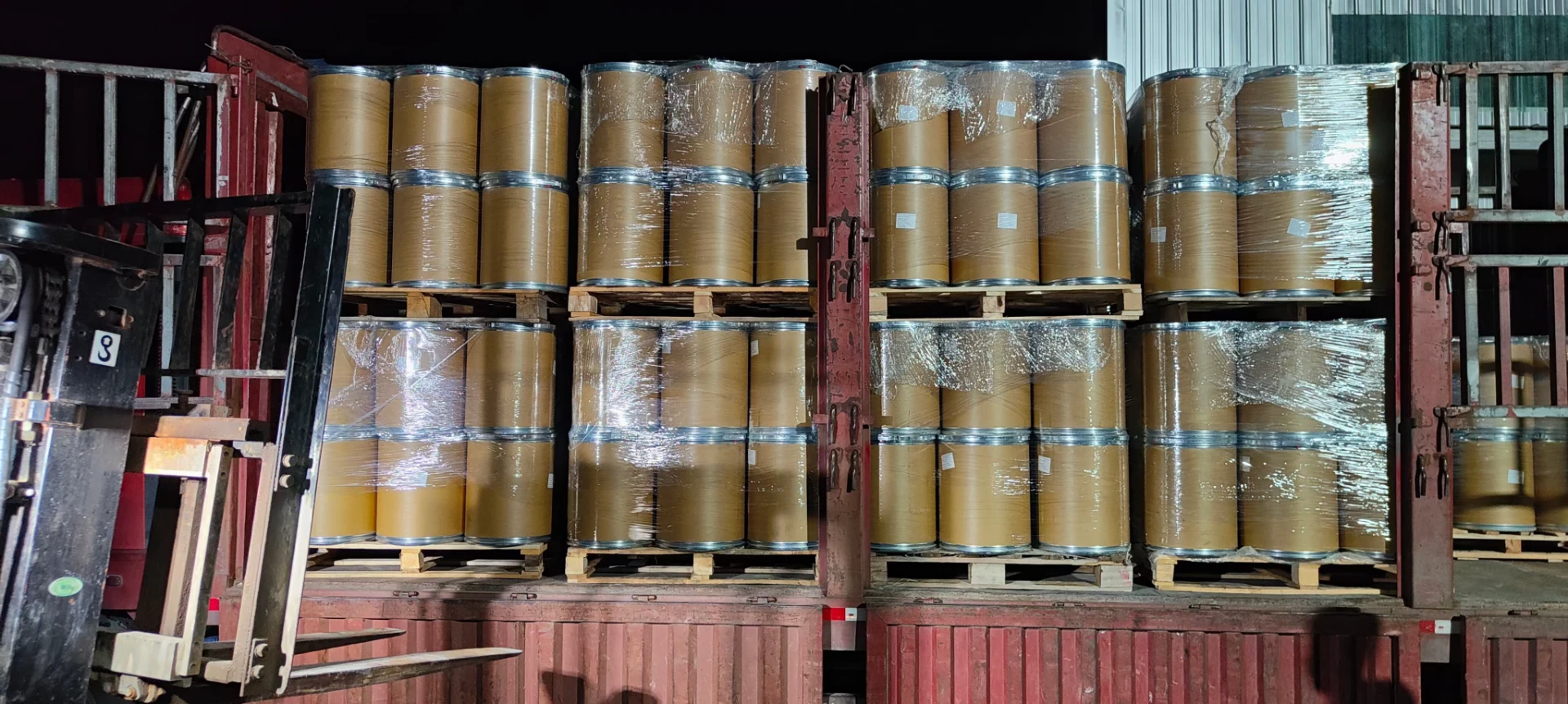Types of Water Treatment Chemicals
Water treatment is a crucial process that aims to ensure the safety and quality of water for various uses, including drinking, swimming, industrial processes, and agricultural applications. A variety of chemicals are employed during this process to enhance water quality, eliminate contaminants, and ensure compliance with health and environmental regulations. This article explores the different types of water treatment chemicals and their roles in the purification process.
1. Coagulants
Coagulants are chemicals used to remove suspended solids from water by promoting the aggregation of particles into larger clusters. This process, known as coagulation, is essential for clarifying water. Common coagulants include aluminum sulfate (alum), ferric sulfate, and polyaluminum chloride. These chemicals neutralize the negative charges on suspended particles, allowing them to clump together and settle out of the water more efficiently. Coagulation is often followed by flocculation, where gentle stirring helps the larger particles form flocs that can be easily removed.
2. Flocculants
Flocculants are chemicals added after the coagulation process to further aid in the aggregation of particles. They are typically high molecular weight polymers that enhance the settling of coagulated particles. While some flocculants are naturally derived, like starches and gums, others are synthetic. The primary function of flocculants is to improve the physical removal of suspended solids, which results in clearer water. Common flocculants include polyacrylamide and natural polysaccharides.
3. Disinfectants
Disinfectants are critical for eliminating pathogens that can cause waterborne diseases. Chlorine is the most widely used disinfectant due to its effectiveness and cost-efficiency, although it can form harmful byproducts when reacting with organic matter, such as trihalomethanes. Alternatives to chlorine include ozone, which provides powerful disinfection without producing harmful residues, and ultraviolet (UV) light, which can inactivate microorganisms without the use of chemicals. Each disinfectant has its pros and cons, and the choice often depends on the water’s specific characteristics and the desired level of microbial control.
4
. pH Adjusterstypes of water treatment chemicals

The pH of water significantly influences its chemical reactivity and solubility, affecting both treatment processes and the health of aquatic ecosystems. pH adjusters, such as acids like sulfuric acid or bases like sodium hydroxide, are used to maintain optimal pH levels. In many cases, maintaining a neutral pH (around 7) is essential for effective coagulation, disinfection, and corrosion control. pH management is crucial, especially in industrial applications where process efficiency can be severely impacted by pH fluctuations.
5. Scale Inhibitors
Scale formation, especially in industrial systems, can cause serious operational issues, including reduced efficiency and increased maintenance costs. Scale inhibitors are used to prevent the precipitation of minerals, such as calcium carbonate, in water. Commonly employed inhibitors include polyphosphates and organophosphonates. By interfering with the crystallization process, scale inhibitors allow for a more extended operational lifespan of equipment, minimizing downtime and repair costs.
6. Corrosion Inhibitors
Corrosion can lead to significant damage in water systems and infrastructure, resulting in leaks and contamination issues. Corrosion inhibitors are chemicals added to water to reduce the rate of corrosion of pipes and equipment. Common types of corrosion inhibitors include azoles, phosphates, and silicates. They work by forming a protective film on metal surfaces, reducing the interaction between corrosive agents in the water and the metal.
7. Nutrient Control Chemicals
In specific applications, particularly in wastewater treatment and aquaculture, controlling nutrients like nitrogen and phosphorus is essential. Excessive nutrients can lead to algal blooms, which can deplete oxygen levels and harm aquatic life. Chemicals such as nitrate and phosphate removers are employed to mitigate these risks. These include biological treatments and chemical precipitation processes to reduce nutrient loads in water bodies.
Conclusion
Water treatment chemicals play an indispensable role in ensuring the safety and quality of our water supplies. From coagulants and disinfectants to pH adjusters and nutrient control chemicals, each type has specific functions that contribute to the overall efficacy of the water treatment process. Choosing the appropriate chemicals and using them correctly is vital for achieving optimal water quality, protecting public health, and safeguarding the environment. As demand for clean water continues to rise, advancements in water treatment technologies and chemical applications will be crucial in addressing this global challenge.

